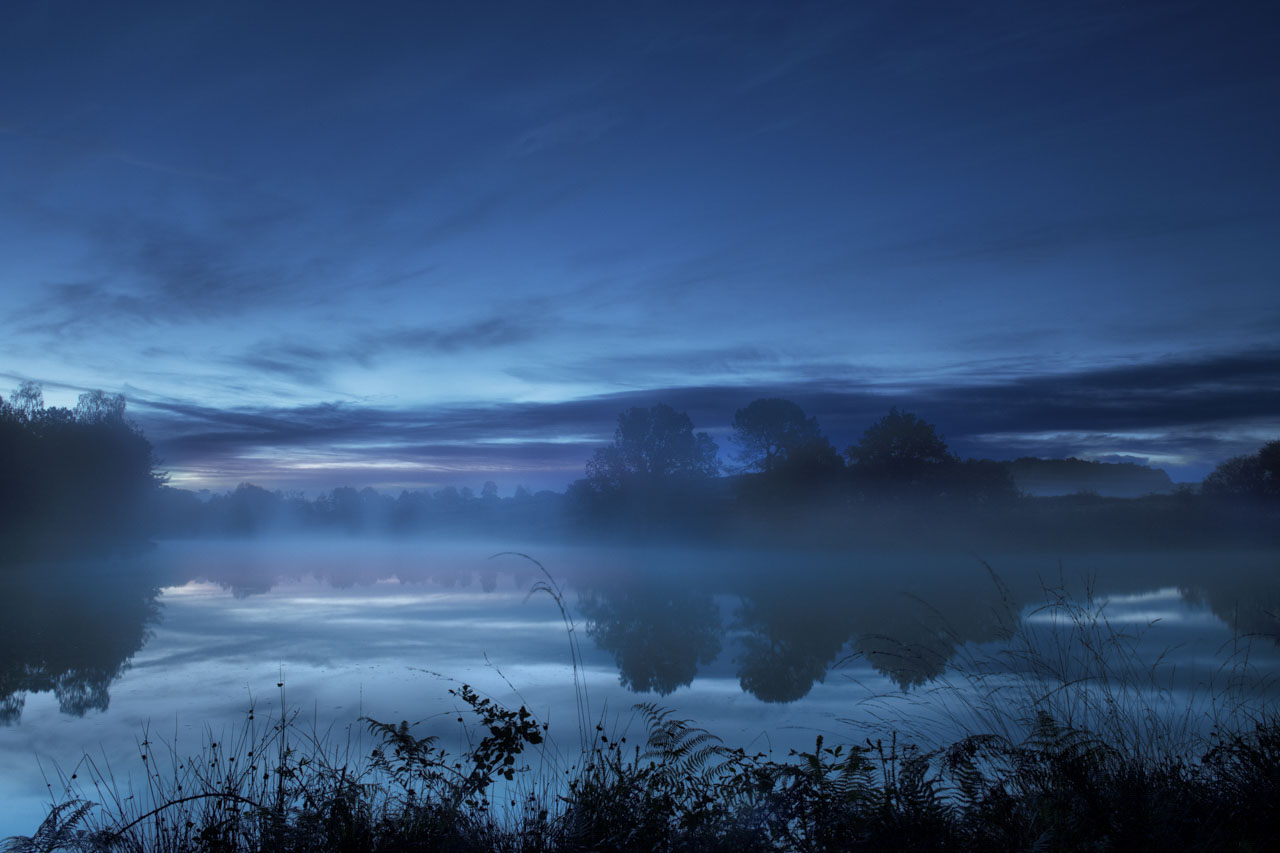Why Telling a Story with your Photos Is So Important

Why Telling a Story with your Photos Is So Important
Did you know that the human species developed considerably when humans acquired the ability to speak? It was this physiological change that enabled our species to progress and evolve to its present state.
Did you also know that we see what we describe? This very important idea tells us that we always describe what we have stored in our memory.
Our thoughts are always recorded in the form of words that we form mentally.
In the end, we only use words to describe what we perceive, what we see.
To tell a story is to list a series of facts. It's about staging them according to a plan, a script, a guideline.
Defining a Photographic Story
A photographic story is a photograph or sequence of photographs carefully selected and organized to tell a story or convey a message.
A photographic story can tell of a moment, an experience or a narrative. Here's how to define a photographic story.
Narrative sequence: A photographic story usually follows a narrative sequence or chronology. Images are arranged to create a beginning, middle and end, while telling a story or describing an evolution.
Common theme or subject: All the photographs in a photographic story are linked by a common theme, subject or message. This can be an event, a person, a place, an emotion or any other element that visually links the images together.
Visual continuity: To maintain story coherence, photographs often share visual elements such as color, composition, style or tone. This contributes to the visual unity of the story.
Context and captions: Captions or descriptions can be used to provide context or additional information about each image. This helps the viewer understand the story or meaning behind the photographs.
Emotion and narrative: A photographic story can evoke emotions, tell a personal story, document a historical event, or raise awareness of an issue. Photographs are carefully selected to convey feelings or to illustrate specific aspects of the story.
Visual impact: A good photographic story is often characterized by strong, memorable images. Photographers use techniques such as composition, lighting, focus and perspective to create captivating visuals.
Narrative structure: Some photographic stories may include elements of narrative structure, such as twists, climaxes and denouements, to maintain the viewer's interest throughout the sequence.
Artistic intent: A photographic story can be created for artistic, documentary, journalistic or personal purposes. The motivation behind the story often determines the photographer's style and approach.
In short, a photographic story is a powerful way of communicating ideas, emotions or narratives through a series of coherent, well-crafted photographs.
It allows the photographer to share a unique perspective on the world, or to highlight important aspects of life, society or history.
Different Ways of Using Photo Stories
Photographic stories can take many different forms, depending on the photographer's objective and the subject he or she wishes to explore.
Here are some common examples of photographic stories.
Photojournalism: Photojournalists often use photographic stories to document current events, conflicts, natural disasters or important social issues. They capture images that reflect the reality of the situation and tell a story to viewers.
Documentary photography: Documentary photographers specialize in creating long in-depth photographic stories on subjects such as culture, society, the environment or history. Their aim is often to educate, raise awareness or provoke thought on a given subject.
Personal stories: Amateur or professional photographers can create personal photographic stories to share their own experiences, travels, emotions or reflections through images. These stories can be autobiographical or focused on subjects close to the photographer's heart.
Artistic series: photographic artists sometimes create artistic photographic stories, using images to explore concepts, emotions or abstract ideas. These series may have symbolic or metaphorical significance.
Educational projects: Teachers and educators sometimes use photographic stories to teach concepts, illustrate lessons or raise awareness of specific issues. These stories can be used in an educational context to engage learners.
Ultimately, a photographic story rests on the photographer's ability to capture significant moments and organize them in such a way as to convey a clear story or message.
It can be a powerful way of communicating emotions, facts or ideas in a visual and universal way.
Example of a Photographic Story
This photographic story was created by Christiane Margand, a Swiss photographer who attended several of my workshops.
I found this example to be perfect for illustrating this article.
I thank her for these photos.
Creating and Telling Photographic Stories
You must remember that most people see or taste what they expect.
For example, when you taste an exceptional dish, you've heard stories about it, perhaps testimonials; you know about certain ingredients. In short, you discovered it long before you tasted it. You have expectations.
Well, you'll simply enjoy what you've been waiting for.
With photography, it's exactly the same principle. Viewers see what they've been waiting for.
That's why you need to tell a photographic story that matches what you've been able to explain about your photos.
Never forget that a good story creates perception. Your photographic story will reinforce your oral story. Photographic stories are visual.
The great thing about photography is that it always leaves room for the imagination - photos leave gaps in the narrative, which our imagination is quick to fill.
It's up to the photographer to suggest just enough to trigger the viewer's desire to know more and get his or her imagination going.
A photo should always evoke an intuitive emotion, often inexplicable, but which we recognize when we feel it.
I always say that each person is unique. If you create photos that resemble you, you become unique. That's why you have to take photos that look like us.
For example, I'm obsessed with time and the transmission of knowledge. My art photos always revolve around these themes. They are recurrent.


Add comment